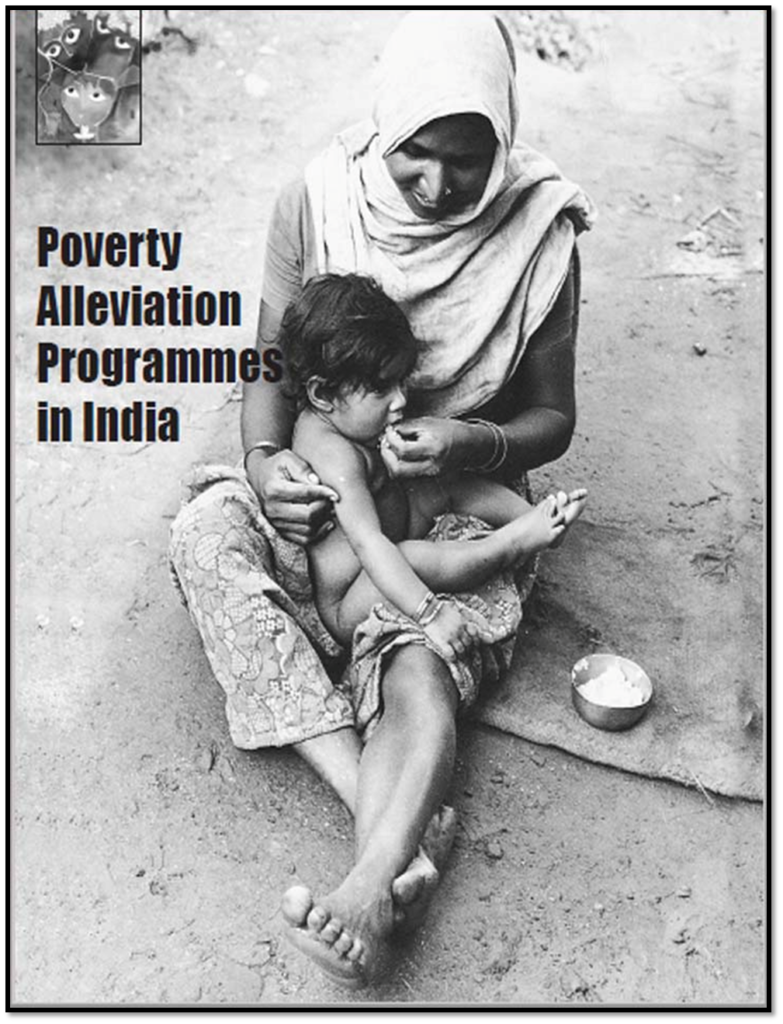QUES . Enlist and explain the efforts of the Government of India in streamlining the current levels of poverty.
HINTS:

According to the World Bank, if a person is living on $1.90 a day or less, then he/she is living in extreme poverty, and currently, 767 million people of the world fall under that category. According to the last released official data, in 2011, 268 million people in India were surviving on less than $1.90 a day.
The Government of India has taken various initiatives to streamline the current levels of poverty. Here are some of the efforts undertaken by the government:
National Rural Employment Guarantee Act (NREGA): NREGA provides a legal guarantee for 100 days of wage employment in a financial year to every household whose adult members volunteer to do unskilled manual work. The aim of the scheme is to enhance the livelihood security of rural households by providing wage employment opportunities.
Pradhan Mantri Awaas Yojana (PMAY): PMAY aims to provide affordable housing to the urban and rural poor by 2022. Under this scheme, the government provides financial assistance to eligible beneficiaries for the construction of a pucca house with basic amenities.
National Food Security Act (NFSA): NFSA provides for the supply of subsidized food grains to the eligible households under the Targeted Public Distribution System (TPDS). The aim of the scheme is to ensure food security to the vulnerable sections of society.
Jan Dhan Yojana: The Jan Dhan Yojana aims to provide banking facilities to all households in the country. Under this scheme, every household is entitled to open a bank account with zero balance. This initiative aims to promote financial inclusion and empower the poor.
Pradhan Mantri Ujjwala Yojana (PMUY): It was launched to distribute 50 million LPG connections to women of Below Poverty Line (BPL) families.
Ayushman Bharat: Ayushman Bharat aims to provide financial protection to poor and vulnerable families against catastrophic health expenditures. The scheme provides health insurance cover of up to Rs. 5 lakhs per family per year for secondary and tertiary care hospitalization.
These are some of the efforts undertaken by the Government of India to streamline the current levels of poverty. These initiatives aim to provide basic amenities and social protection to the vulnerable sections of society.
